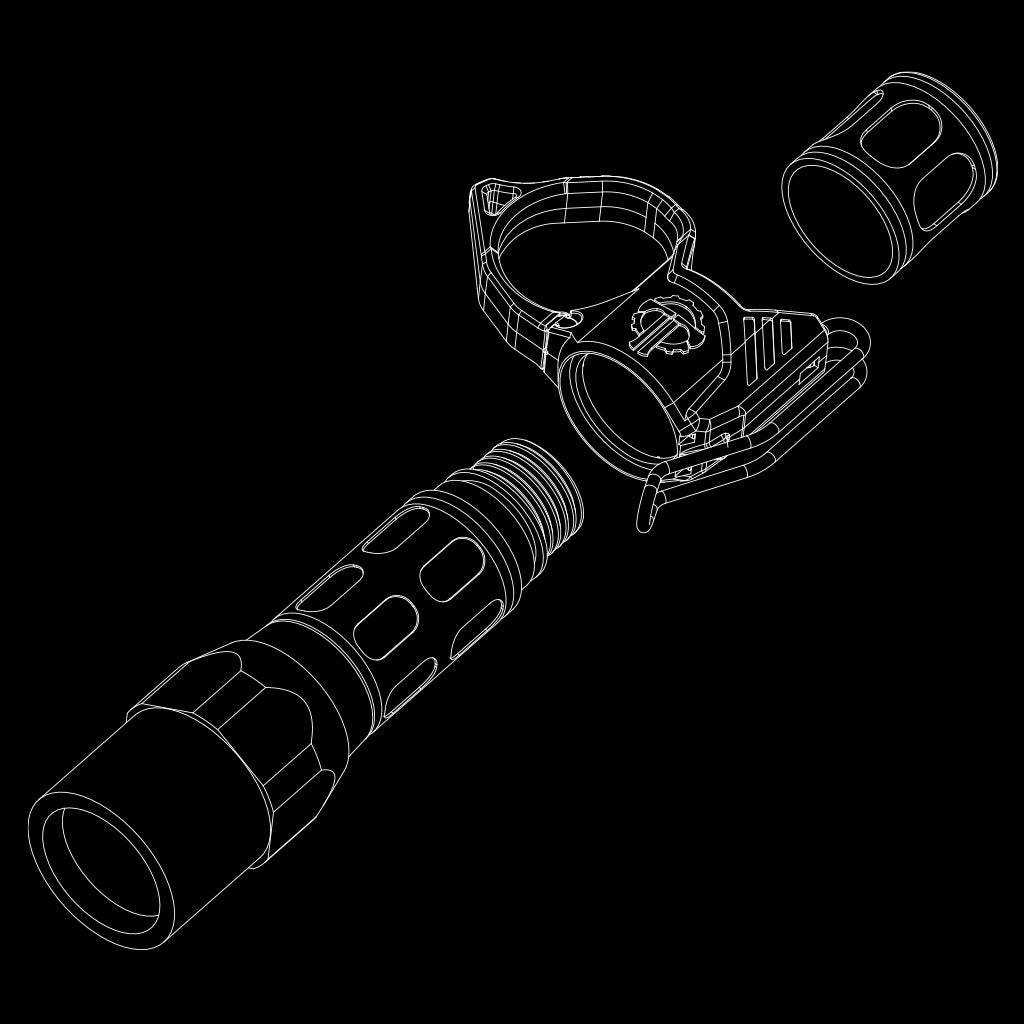

UNWAVERING COMMITMENT
THYRM backs all its products for life, providing soldiers, emergency personnel, and responsible citizens the support they deserve. We believe that designing and manufacturing products in the USA contributes to our communities, speeds product development, and keeps products in stock.

USER FOCUSED
THYRM LLC is an American family-owned business led by the belief that innovative, robust products can make users more effective and resilient. Additionally, we work with multiple subject matter experts within the product’s field of use to ensure our designs meet user needs.

PROVEN INNOVATION
Our product design team brings over 50 years of combined experience creating advanced tools for skilled professionals operating in high-risk environments. Collectively, we hold more than 60 patents spanning multiple industries, demonstrating a proven track record of innovation. Our portfolio includes the design of intuitive surgical robot components, heart implants to prevent strokes, minimally invasive vessel harvesting instruments, devices to reshape nasal cartilage for improved breathing, implants to treat sleep apnea and snoring, and specialized surgical tools for orthopedic procedures.

AMERICA FIRST
We have an unwavering commitment to American manufacturing, ensuring every item we make meets the highest level of quality and dependability. The SwitchBack®, CellVault®, PyroVault®, DarkVault®, and VariArc® product lines are designed and manufactured in the USA in partnership with injection molding experts who understand the critical performance needs of our products and what’s at stake for our customers. CLENS is also produced in the USA.

